Top 10 Most Fuel Efficient Non-Hybrid Cars - 2014
So you want to save on fuel costs but are interested in options other than hybrids?
To help you along, we’ve compiled a list of various types of 2014 model year cars sorted by their combined EPA-rated fuel economy. Most are small, some are two-seaters, but a few mid-sized cars are on the list as well.
Some of these vehicles cost comparatively less than hybrids, others not so much. It also goes without saying that a buying decision should be based on other meaningful criteria as well, such as estimated maintenance and repair and resale value, safety rating, and more.
But here in the land of escalating energy costs, what you pay at the pump matters – and if fuel costs continue to rise, it will matter more.
Bear in mind some of these choices are selected for subjective reasons. Several cars do tie combined mpg-wise, but vary in city and highway mpg, and in other ways. So, we ranked one higher over the others if it is believed a more desirable car for reasons such as safety scores, or ownership experience, or because it is cheaper.
The government’s combined rating is derived from how the vehicle did on the city and highway test cycles.
If you’re planning to drive more in the city or more on the highway, obviously, that should play into your decision when choosing between two cars with equal combined scores that are rated respectively better in either city or highway driving.
We’d also be remiss not to mention that hybrid cars – not to mention plug-in hybrids (PHEVs) and all-electric cars (EVs)– do cost less to power and would top our list if they were considered.
To learn more about all your options – including annual estimated fuel costs, greenhouse gas emissions, and more, you could also consult the EPA’s fueleconomy.gov. We’ll link each car’s EPA score page throughout …
“Trade-offs” are not the exclusive province of hybrids, PHEVs and EVs. In the mid-sized VW Passat TDI’s case, you get a larger, more upscale car tied in its 35 mpg combined score with #10 and #9. We’re making it last place because diesel costs more per gallon, diesel may emit somewhat more CO2 per mile, the car itself costs more, and this is about savings after all.
Under the hood is a 2.0-liter four-cylinder turbo, and this rating is for the 6-speed manual, whereas the model with DSG automatic loses 1 mpg combined.
Depending on who you talk to, Volkswagen’s oil-burning Passat might deserve higher rankings as it’s a highway traveler extraordinaire known to beat its EPA ratings at times. In fact, one record for fuel consumption record was set for with one at 78 mpg, and another record was set for most miles per tank and 84.1 mpg.
Redesigned for 2014, the 11th-generation Corolla line is a clean, evolved design, with the ECO version of the LE powered by a 1.8-liter inline-four cylinder engine providing 140 horsepower, and 126 pounds feet of torque. A Valvematic variable intake system and CVT transmission are part of the efficiency tweaks for the family sedan.
The EPA classifies it as a midsized but really, its 98 cubic feet of volume are only three more than the compact-class Civic that takes eighth place, and the Corolla is effectively a compact. Both these cars are competitive, and the MSRP of the Corolla starting at $18,700 plus $810 destination is a bit less as well.
The Civic HF could be a close tie with #9, the Corolla LE ECO, but we’re pushing it one ahead because excellent safety scores are available on the government’s Web site and it squeaks out a teeny amount less greenhouse gas emissions.
Honda’s venerable Civic line gets decent mileage in any iteration, but the HF – for High Fuel efficiency as last seen on the 1991 CRX HF – gets aerodynamic tweaks, low rolling resistance tires, and a fuel-efficient CVT automatic transmission.
Power is via a 16-valve inline-four all-aluminum engine yielding 143 horsepower and 129 pounds-feet of torque.
The reasonably roomy compact Civic HF also scores well in safety, with five out of five stars overall. MSRP is $19,940 plus $790 destination.
Nissan’s compact Versa Note offers more interior space as a hatchback and costs less than the preceding 35 mpg combined sedans, so it’s in 7th place as a value leader.
Powered by a 109-horsepower 1.6-liter incline four, the Versa line was the overall best-selling entry level vehicle in America from 2009-2013.
Safety ratings are 4.5 stars overall, and starting MSRP is $13,990 plus $790 destination fee for the 2014 Versa Note.
Both the cabriolet and coupe model of this tiny car score the same and obvious asterisks applied are this is a city/suburbs car with negligible interior room.
There are larger vehicles that do better in highway mpg than these microcars, but smart is owned by Daimler, so what does that mean? Is it one of the least expensive ways to get into the Mercedes-Benz family?
The innovative, 85-percent recyclable alternative cars do border on cult status among some enthusiasts and break stereotypes in trying to re-think frugal transportation.
Both are powered by a 1.0-liter 3-cylinder with automatic transmission, and the government has limited data on their crashworthiness.
Ford has brought over its excellent little 1.0-liter EcoBoost turbo to produce this manual 5-speed transmission version of its Fiesta.
It’s a neat little subcompact with respectable interior volume and safety scores.
Power from the engine is actually more than the 1.6-liter non-EcoBoost and Ford charges $995 for the 1.0-liter EcoBoost option over a regular Fiesta SE M/T.
Unfortunately for Ford, in June it revised its EPA score from 37 to 36 combined, and is compensating previous owners for their trouble.
With a name and dimensions not a little reminiscent of something from smart, Toyota’s Scion iQ has more interior room for as many as four people, and squeaks out 1 estimated mpg better.
Powered by a 1.3-liter DOHC inline four, it produces 94 horsepower and 89 pounds-feet of torque which is routed through a CVT-I transmission, the diminutive car is better suited for just two people, and is ideally for urban/suburban driving.
It includes 11 airbags and has good interior space utilization for what it is.
Mitsubishi’s subcompact Mirage hatch in manual transmission form makes respectable use of interior space.
Under the hood is a 1.2-liter DOHC 12-valve 3-cylinder engine. Power is routed via a manual five-speed transmission and an auto is available, as are two trim levels, DE, and ES.
Seven airbags and amenities including power windows and locks and 140-watt AM/FM/CD/MP3 audio system with 4 speakers are welcome for a car that starts at $12,995 plus destination in base DE trim.
BMW’s oil-burning 3-Series is an upscale German car with VW-diesel-like performance, and actually just edges out the 34 mpg combined of VW’s Golf and Jetta TDI diesels – either of which nearly make this list and others have considered the VWs as Top-10 qualifiers.
Power for the BMW is via a 2.0-liter turbocharged engine – as in the case of the VWs – and the BMW comes only with an automatic transmission that can be manually shifted as well.
Among the German prestige brands, the BMW 328d is the only compact diesel model offered in the U.S., with Audi and Mercedes-Benz opting to enter diesels in the mid-sized class.
We should note the 35 mpg 328d XDrive wagon could also have been chosen for this top-10 list but we focused on value-priced cars in making the cut.
MSRP for the 328d starts at $40,600 and options can drive prices into the 50s if you start to get excited about all the extras BMW makes available
Among all non-hybrids sold in the U.S. the absolute best mpg-rated car is the humble Mitsubishi Mirage with automatic transmission.
You may have noticed its manual-trans sibling is also in this list? Both are motivated by a 1.2-liter DOHC 12-valve 3-cylinder engine. In the case of this 40 mpg version, the CVT option makes it do better than a manual, contrary to how manuals may perform next to other types of automatic transmissions.
More by Jeff Cobb




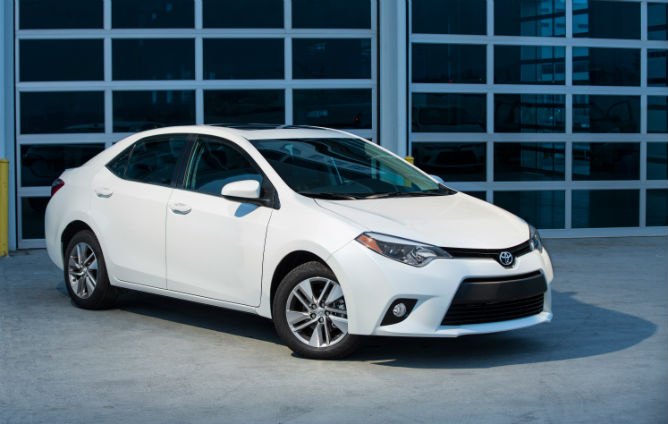




















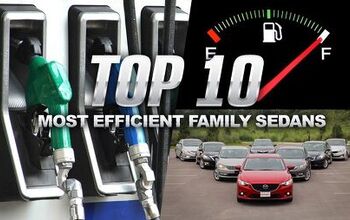
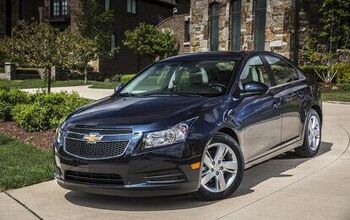
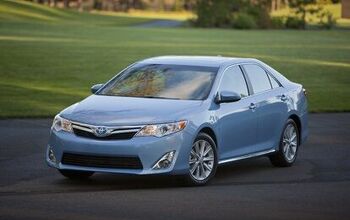

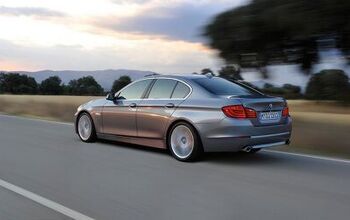

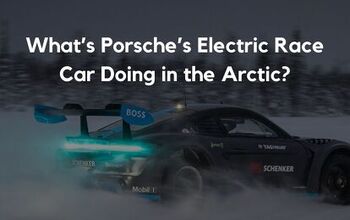

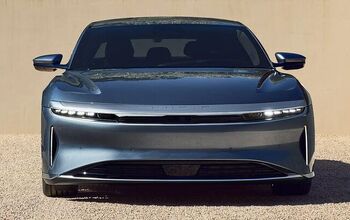




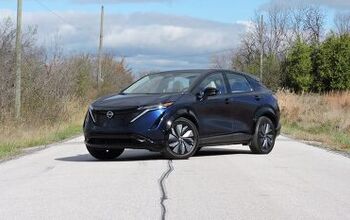
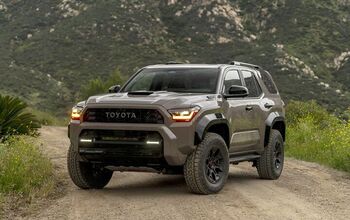
Comments
Join the conversation